
All categories
Featured selections
Trade Assurance
Buyer Central
Help Center
Get the app
Become a supplier

(607 products available)
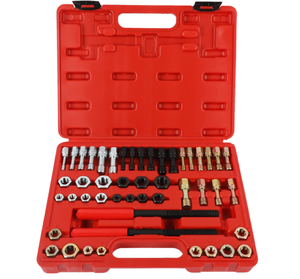
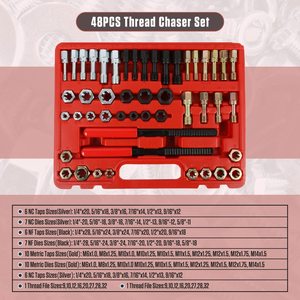









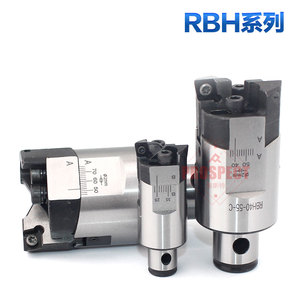
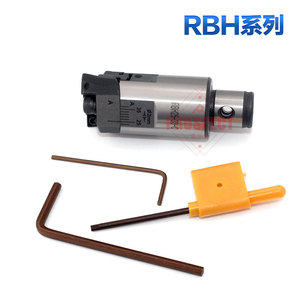











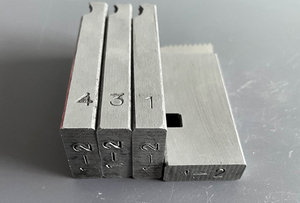
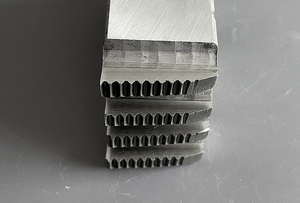

Die head chasers are essential components in the threading process, utilized to cut new threads or refurbish existing ones on metal or plastic rods and pipes. These precision tools are integral to industries where threaded parts are paramount, such as plumbing, automotive, and manufacturing.
There are various types of die head chasers available, each designed for specific threading tasks. Geometric die head chasers are known for their precision in creating uniform threads. Landis die head chasers are recognized for their durability and are often used in high-volume production environments. For those seeking versatility, quality chaser die heads offer a range of configurations to suit different threading requirements.
Geometric threading die head chasers are widely used for their ability to produce accurate threads swiftly, making them ideal for both standard and complex threading tasks. The geometric die chasers are crafted to work with a variety of materials, ensuring a broad range of applications from delicate plastic threading to robust metalwork. Key features of these tools include their hardened cutting edges and adjustable dies, which allow for precision and adaptability in threading operations.
Die head chasers are typically made from high-speed steel or other durable alloys, providing longevity and resistance to wear. The advantage of using geometric die head chasers lies in their ability to maintain sharpness over extended periods, reducing the need for frequent replacements and ensuring consistent thread quality.
Selecting the right die head chaser depends on the material to be threaded and the precision required. For intricate threading, geometric thread chasers are often preferred. It is crucial to consider the thread size and pitch, as these factors will determine the compatibility of the die head chaser with the workpiece.
To ensure the longevity of die head chasers, proper maintenance is essential. Regular cleaning and storage in a dry environment can prevent rust and corrosion, while periodic inspections for wear can help maintain threading accuracy. It is also important to use these tools within their recommended specifications to avoid premature damage.